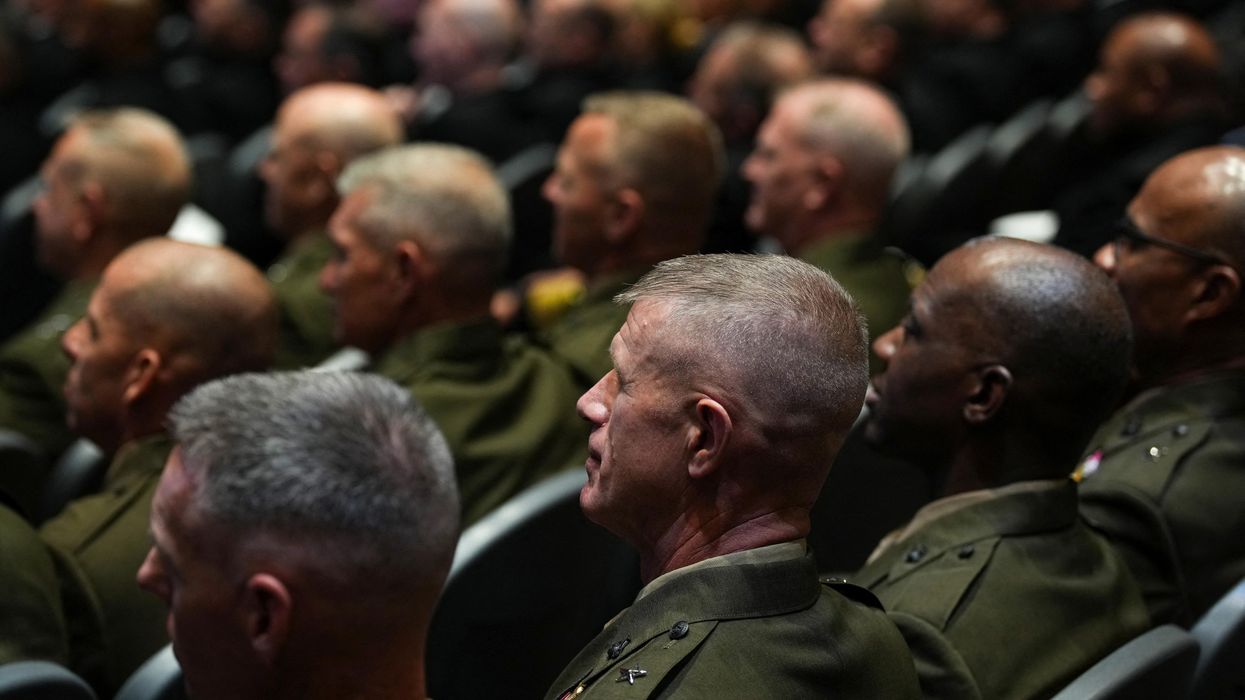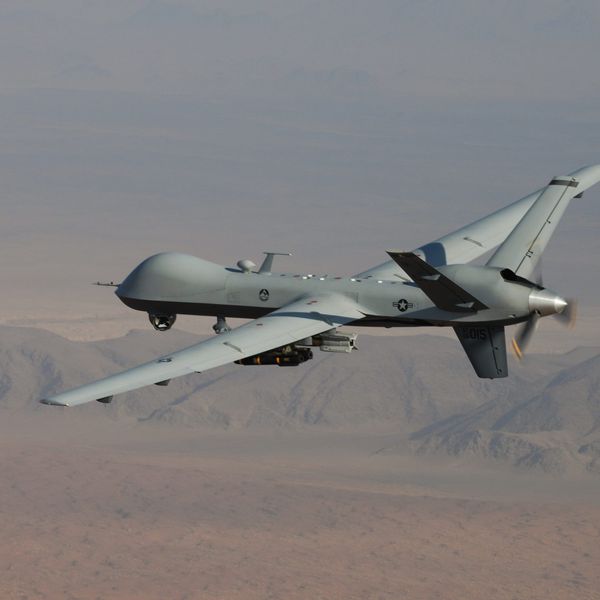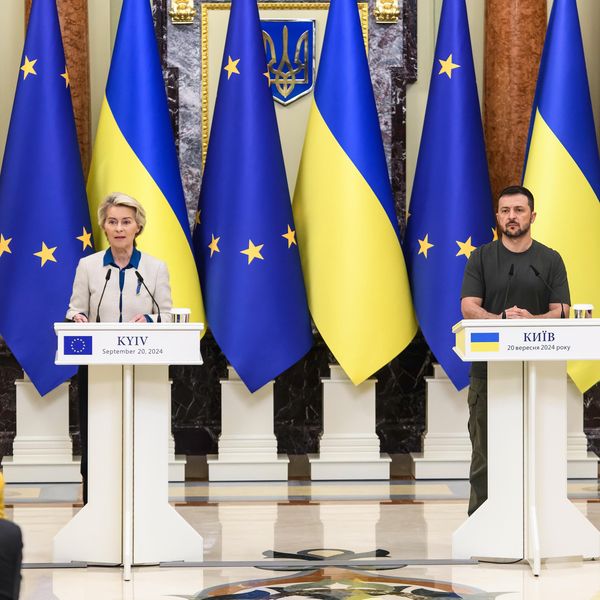In late June during the NATO Summit in Madrid, Secretary General Jens Stoltenberg and 22 ministers from member countries announced the formation of a NATO Innovation Fund, a €1 billion multi-sovereign venture capital project that will invest, according to Stoltenberg, in “early-stage start-ups, and other deep-tech funds across 22 participating nations.”
According to Stoltenberg, the goal of the effort will be “harnessing the best of new technology for transatlantic security,” and “maintaining our technological edge [that] has helped to keep our Alliance strong and our nations safe for more than seventy years.”
“Today, nations that do not share our values, like Russia and China, are challenging that lead in everything from Artificial Intelligence to space technologies,” he continued. “It is essential that we do everything in our power to remain at the forefront of innovation and technology.”
The Innovation Fund is but the latest NATO initiative deepening the ties between the trans-Atlantic defense establishment and Big Tech. In April, plans were announced for the creation of a Defense Innovation Accelerator for the North Atlantic (DIANA), based on the American Defense Advanced Research Projects Agency (DARPA) program. According to a NATO press release, “DIANA’s programs will have access to a network of more than 9 Accelerator Sites and more than 63 Test Centers across Europe and North America.”
The rationale behind the new NATO fund recalls the promises offered by the so-called Revolution in Military Affairs theory. This alone should invite skepticism of the new venture which, according to Stoltenberg,“will help bring to life those nascent technologies that have the power to transform our security in the decades to come.”
Myth of the ‘All-Seeing, All-Knowing’ Battlefield
DIANA and the NATO Innovation Fund might be new, but the story is not. Franklin C. “Chuck” Spinney, an Air Force veteran who for over a quarter century served as a civilian in the Tactical Air Division of the Office of Program Analysis and Evaluation in the Office of the Secretary of Defense, tells me that in his view, the NATO Fund is, “horrible but predictable in retrospect.”
According to Spinney, author of Defense Facts of Life: The Plans/Reality Mismatch, the NATO Fund “duplicates and magnifies the emerging lash-up between Silicon Valley and Pentagon, with even more focus on the fantasy of fielding the 'seeing, all knowing battlefield,' which has been a dream of the Pentagon since McNamara’s Task Force Alpha in Vietnam.”
The Pentagon has sought to realize its dream of a highly networked, integrated battle space that would give the military omniscience in the air and on the battlefield by pursuing advanced technologies such as, in the 1980s, stealth technology, and in our own day, AI, to transform “the atmosphere of war from one of menace, uncertainty, and mental overload to one of menace, mental clarity, and methodical precision," Spinney quips.
Today’s investments by the transnational military-industrial-complex (MIC) point to a desire on the part of the alliance to advance an unproven theory of algorithmic warfare — a theory, he adds, “that turns the military principle of Keep It Simple Stupid on its head.”
DIANA and the NATO Innovation Fund are but the latest in a long line of attempts to technologize warfare and achieve what has been a dream of American military planners and the defense industry for decades. It’s a dream their European counterparts now seem to have adopted as their own.
Indeed, the fusing of the military and private sector technology companies (i.e. Silicon Valley and the major defense contractors concentrated in Northern Virginia) has been in the works for at least 40 years. U.S. defense intellectuals, particularly former Secretary of Defense William J. Perry, have played a central role in the technologization of defense policy. Under President Jimmy Carer, Perry served as the Pentagon’s Director of Defense Research and Engineering (DDRE) until it became an undersecretary position in 1977.
Later, during his time as Secretary of Defense under President Clinton, Perry advanced the Joint Advanced Strike Technology (JAST) program, which had its origins in DARPA during the 1980s. The massive boondoggle known as the F-35 fighter was the result of that program.
The Militarization of Foreign Policy
Following the end of the Cold War and the appearance of a convincing victory of the U.S. military in Iraq in 1991, Perry convened a working group tasked with developing ideas around the theory of Revolution in Military Affairs (RMA) under the director of Pentagon Office of Net Assessment, Andrew Marshall.
Marshall, who for years commanded a largesse of tax dollars to dole out to various projects, defined the RMA as “a major change in the nature of warfare brought about by the innovative application of new technologies which, combined with dramatic changes in military doctrine, operational and organizational concepts, fundamentally alters the character and conduct of military operations.”
RMA had a disciple in Bush Defense Secretary Donald Rumsfeld. And though the failures of the Iraq and Afghanistan wars sowed doubts as to the efficacy of the RMA, American defense intellectuals have only become more infatuated with the promise of Big Tech.
Ashton Carter, like Perry, was a defense intellectual who became Secretary of Defense under President Obama. His April 2015 visit to Silicon Valley was the first by a Pentagon chief since Perry last traveled there, nearly 20 years earlier. Under Carter, the Pentagon created a “defense innovation unit experimental” in Santa Clara, Calif. The office, now headed by Michael Brown, a former CEO of the cybersecurity and software firm Symantec Corporation, works to militarize commercial technology.
And while the emergence of “peer” competitors like China are said to demand such investments, the RMA incantation in the defense world helped to drive the hyper-militarized foreign policy that has flourished since the end of the Cold War. But as we have found out in the course of our post-9/11 conflicts, while advanced technologies keep the military industrial complex humming, they are a poor substitute for tactics and strategy in war.
But if past is prologue, the deepening ties between the transnational MIC and Silicon Valley will likely continue to push NATO policy in an activist, corporatist direction. After all, how much more tempting regime change operations become if military planners and interventionist policy-makers believe they have an insurmountable technological advantage that eliminates the Clausewitzian fog of menace and confusion on NATO’s anticipated battlefields of the future.
Through its investments in DIANA and the Innovation fund, NATO is continuing to chase the chimera of the "all seeing, all knowing battlefield." But given Russia’s illegal, reckless war on Ukraine, it remains an unlikely bet that a serious re-thinking about defense spending and the deepening ties between the military and Big Tech is anywhere on the horizon.
















